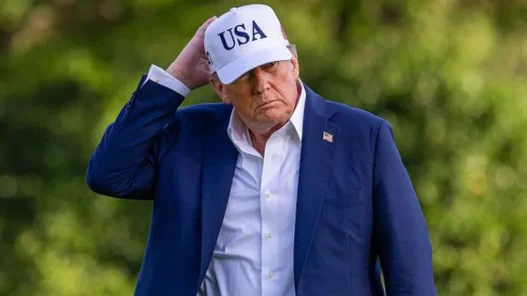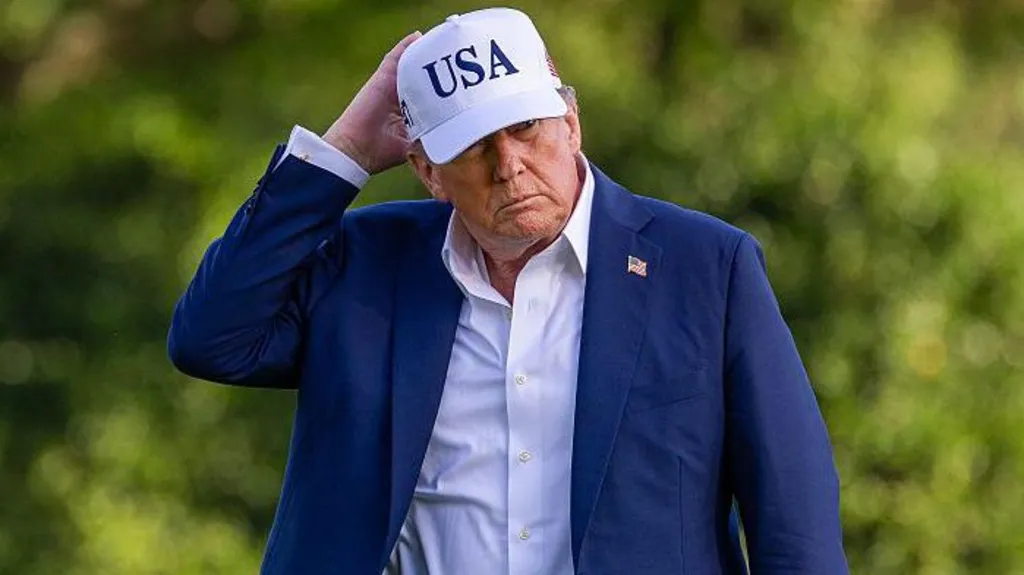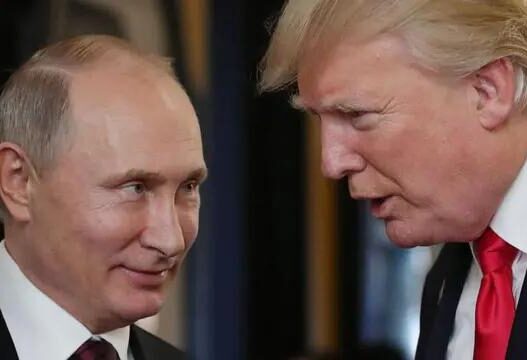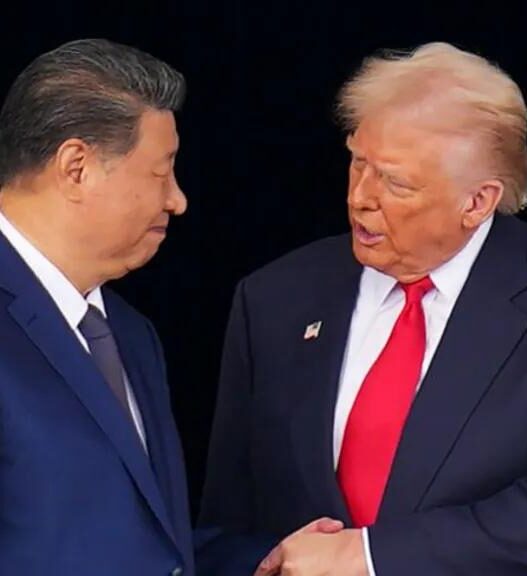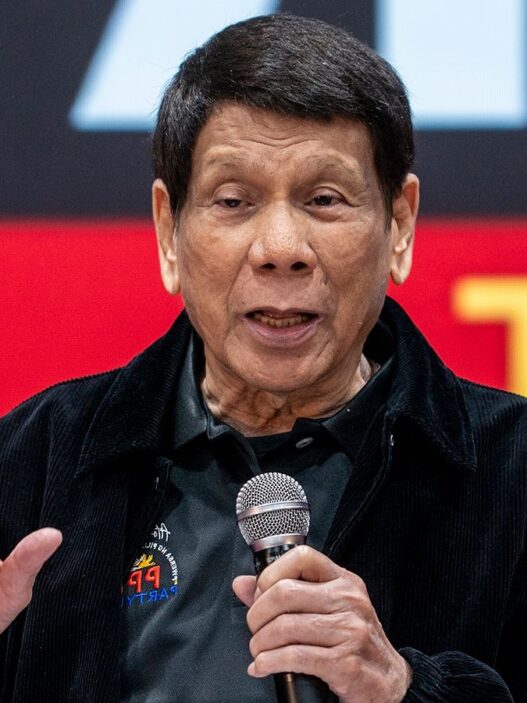In a bold move, the White House pledged “90 deals in 90 days” under President Donald Trump, aiming to roll out his “reciprocal” tariff policy. Fast forward to July 9—the first deadline—and not even nine trade agreements have materialized.
What this really shows? The deadline has already shifted to August 1, with the possibility of more delays. Clearly, the U.S. is struggling to seal deals—and the world isn’t backtracking either.
🧭 Targeting the Biggest Trade Gaps
Treasury Secretary Scott Bessent has emphasized that negotiations are focusing on the 18 countries responsible for 95% of the U.S.’s trade deficit.
This week’s tariff letters echo the White House’s April plan: using deficit size as a stand-in for “trade cheating.” Rates remain largely unchanged since April.
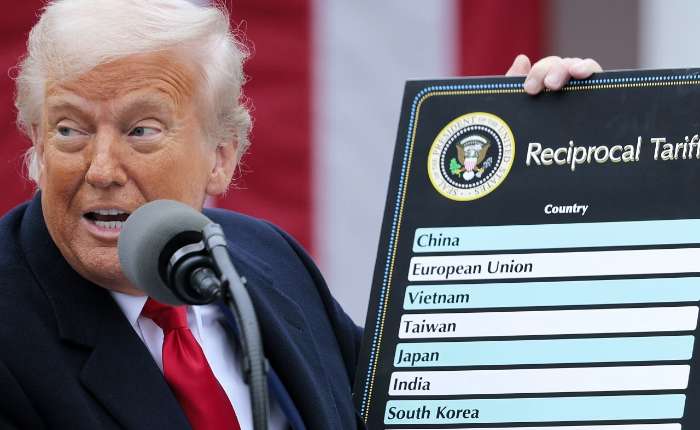
The difference now: markets aren’t panicking. This delay has calmed earlier volatility. Still, financial analysts joke about “TACO”—Trump Always Chickens Out—predicting more tactical retreats.
⚠️ White House: Letters, but No Deals
The barrage of letters to major trade partners is telling. It highlights the administration’s inability to finalize agreements. The messaging is aggressive—but other nations are fighting back hard.
Japan and South Korea have already received letters, creating real tension around U.S. trade deals. Japan’s finance minister even hinted at leveraging its massive holdings of U.S. government debt.
🌍 Global Markets Fighting Back
Since April, global markets have spoken out:
- Currency movements: The U.S. dollar has lost about 10% of its value against several world currencies.
- Trade volume shifts: American retailers warned of rising prices and empty shelves—proof that disruption has consequences.
There’s also a pending legal challenge that could overturn the tariffs as unlawful.
📈 Trade Flows Reshaping
Trade numbers offer a clear picture:
- Massive stockpiling happened before tariffs hit.
- Chinese exports to the U.S. have dropped ~9.7% this year.
- But China’s shipments to other nations have surged: +7.4% to the UK, +12.2% to ASEAN, +18.9% to Africa.
- U.S. tariff revenue hit records in May.
A tariff wall may be building—but global trade is still alive. Countries are pivoting and forging new deals, like the UK‑India agreement or the EU‑Canada partnership.
🧱 New Trade Terrain: 15% U.S. Tariffs
America’s effective tariff rate now sits around 15%—up from the historical 2-4%. This shift is significant, and while markets are calm today, patience might be limited if talks drag on.







